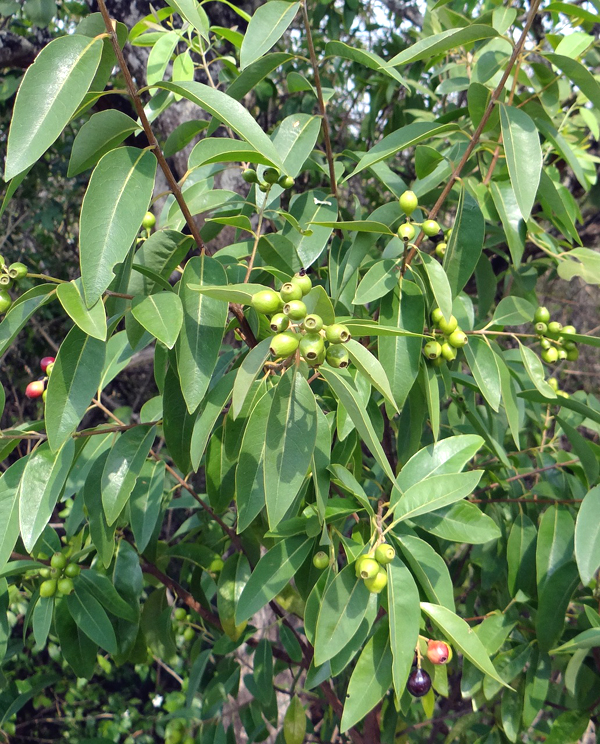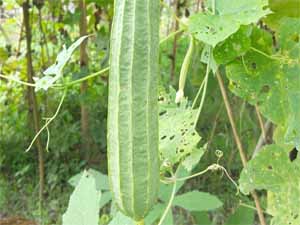Sandalwood farming is not a new business idea. Rather, it is an ancient and sustainable practice which has gained significant attention in recent years due to its potential as a profitable and environmentally friendly venture. With its aromatic fragrance and diverse applications, sandalwood has been highly regarded in various cultures for centuries. Here we are going to describe more about this business highlighting its benefits, cultivation techniques, and the increasing demand for this valuable timber.
Sandalwood (Santalum album) is a slow-growing, medium-sized evergreen tree native to the Indian subcontinent and parts of Southeast Asia. It is renowned for the fragrant oil extracted from its heartwood, which is used in perfumery, incense production, traditional medicine, and religious ceremonies.
Sandalwood thrives in well-drained, loamy soils with a pH range of 6.5 to 7.5. It requires a tropical or subtropical climate, with temperatures between 20 to 30 degrees Celsius. Adequate rainfall and good sunlight are essential for optimal growth.
Sandalwood can be propagated through seeds or vegetative methods. Seeds are extracted from ripe fruits and require stratification before sowing. Vegetative propagation methods, such as stem cuttings or tissue culture, offer faster and more reliable results. Young saplings are transplanted into prepared fields or containers with proper spacing to allow for healthy growth.
Sandalwood trees require regular care and maintenance to ensure optimal growth. Proper irrigation, mulching, and weed control are crucial during the early stages. Pruning is necessary to shape the tree, remove diseased or damaged branches, and improve air circulation.
Sandalwood farming offers numerous benefits that make it an attractive investment for farmers and environmentalists alike. Sandalwood trees take 15 to 20 years to mature, but their value increases significantly with age. Once the trees reach maturity, they can be harvested selectively, allowing the remaining trees to continue growing. This sustainable approach ensures a continuous supply of high-quality sandalwood.
Sandalwood is one of the most valuable timbers in the world, with prices that surpass those of many hardwoods. The global demand for sandalwood and its by-products, such as essential oil and incense, remains high. By cultivating sandalwood, farmers can tap into a lucrative market with excellent profit potential.
Sandalwood farming promotes environmental conservation by providing an alternative to illegal logging and unsustainable practices. It offers an opportunity to preserve and restore degraded lands, as sandalwood trees contribute to soil fertility and prevent erosion. Additionally, the growth of sandalwood forests supports biodiversity by creating habitats for various flora and fauna.

Benefits of Sandalwood Farming Business
Sandalwood farming has some advantages or benefits. Here are some advantages of sandalwood farming.
- Lucrative returns on investment
- Long-term investment strategy
- Environmental conservation and sustainability
- Employment generation and rural development
- Cultural and historical significance
How to Start Sandalwood Farming Business?
Sandalwood farming has gained recognition as a lucrative and environmentally sustainable venture. That’s why this business is attracting the interest of farmers and investors alike. With its high-value timber and diverse applications, sandalwood presents a promising opportunity for individuals seeking to embark on a rewarding agricultural journey. Follow this guide for starting this lucrative business.
Step 1: Do Research and Planning
Before diving into sandalwood farming, thorough research and planning are crucial. Familiarize yourself with the species, its growth requirements, market demand, and regulatory considerations. Understand the local climate, soil conditions, and availability of resources necessary for sandalwood cultivation. Develop a well-structured business plan that outlines your objectives, financial projections, and marketing strategies.
Step 2: Site Selection
Selecting the right site for sandalwood farming is critical for ensuring optimal growth and productivity. Sandalwood thrives in tropical or subtropical climates, with temperatures ranging from 20 to 30 degrees Celsius. Adequate sunlight and rainfall are essential for its healthy growth. Sandalwood prefers well-drained loamy soils with a pH range of 6.5 to 7.5. Conduct a soil analysis to assess its fertility and suitability for sandalwood cultivation. Choose land with sufficient space to accommodate the desired number of sandalwood trees. Ensure the availability of water sources for irrigation purposes.
Step 3: Seed Procurement and Propagation
Sandalwood can be propagated through seeds or vegetative methods. It is essential to source high-quality seeds from reputable suppliers to ensure the genetic integrity and viability of the saplings. Alternatively, vegetative propagation methods such as stem cuttings or tissue culture can be employed for more reliable results. Collaborate with experts or experienced nurseries to obtain healthy sandalwood saplings.
Step 4: Plantation and Care
Clear the selected land of weeds, rocks, and debris. Prepare the soil by loosening it and incorporating organic matter for enhanced fertility. Dig holes that are deep and wide enough to accommodate the sapling’s root ball. Space the trees adequately, considering their growth requirements and future maintenance activities. Establish a regular and efficient irrigation system to provide the necessary water requirements. Young saplings require careful watering until they establish strong root systems.
Apply a layer of organic mulch around the base of the sandalwood trees to conserve moisture and suppress weed growth. Regularly monitor and remove any competing weeds to avoid nutrient competition. Prune sandalwood trees to shape them, remove diseased or damaged branches, and improve air circulation. Thinning may be necessary as the trees mature to ensure optimum spacing and allow for healthy growth.

Step 5: Long-Term Management
Sandalwood farming requires long-term management strategies to maximize productivity and sustainability. Regularly assess the nutrient status of the soil and apply appropriate fertilizers or organic amendments as needed. Consult local agricultural experts for specific recommendations. Monitor the sandalwood plantation for any signs of pests or diseases. Implement integrated pest management techniques and use eco-friendly methods to mitigate any issues.
Step 6: Marketing and Sales
Effective marketing and sales strategies are essential for the success of your sandalwood farming business. Determine your marketing strategies before starting this business.






